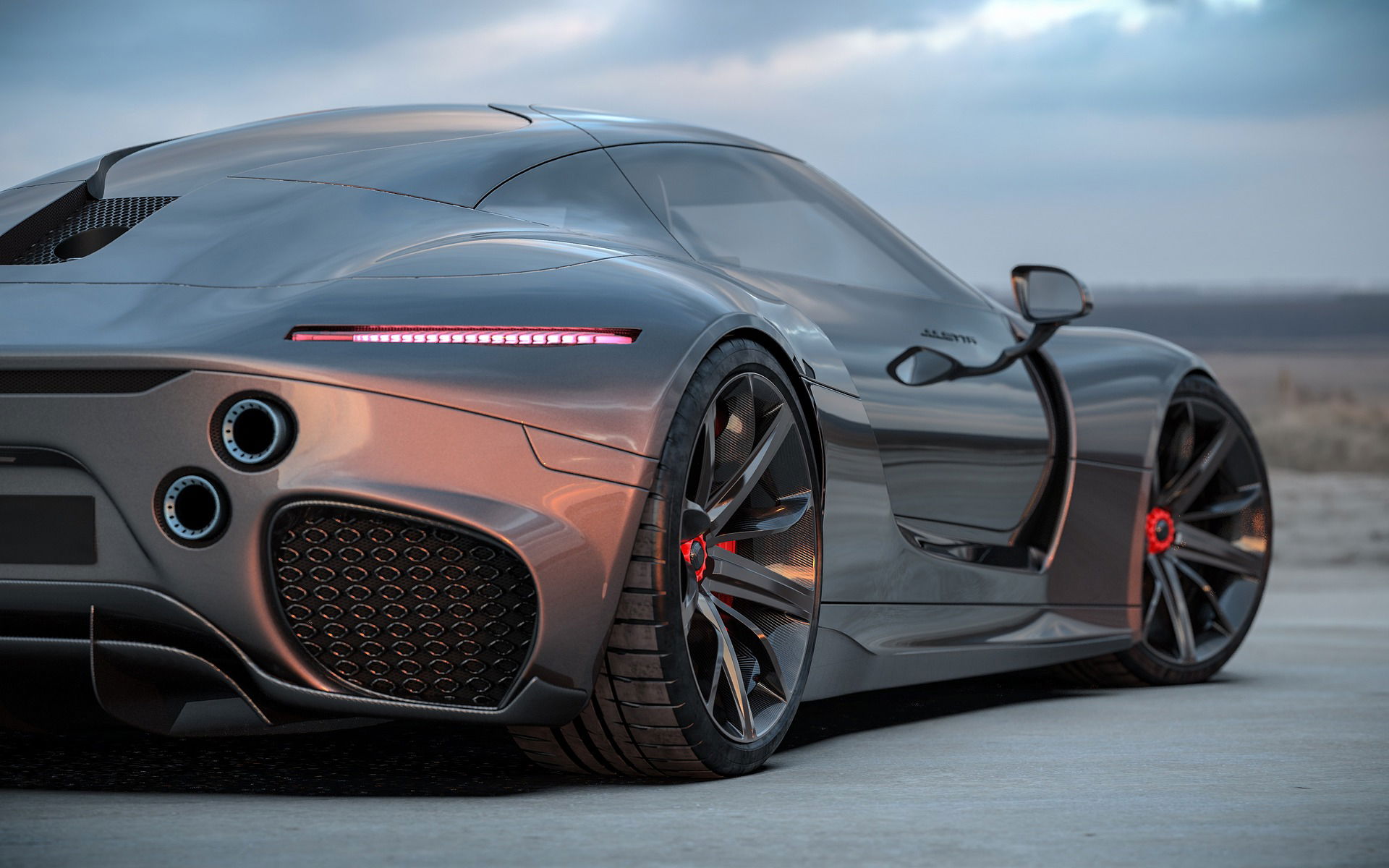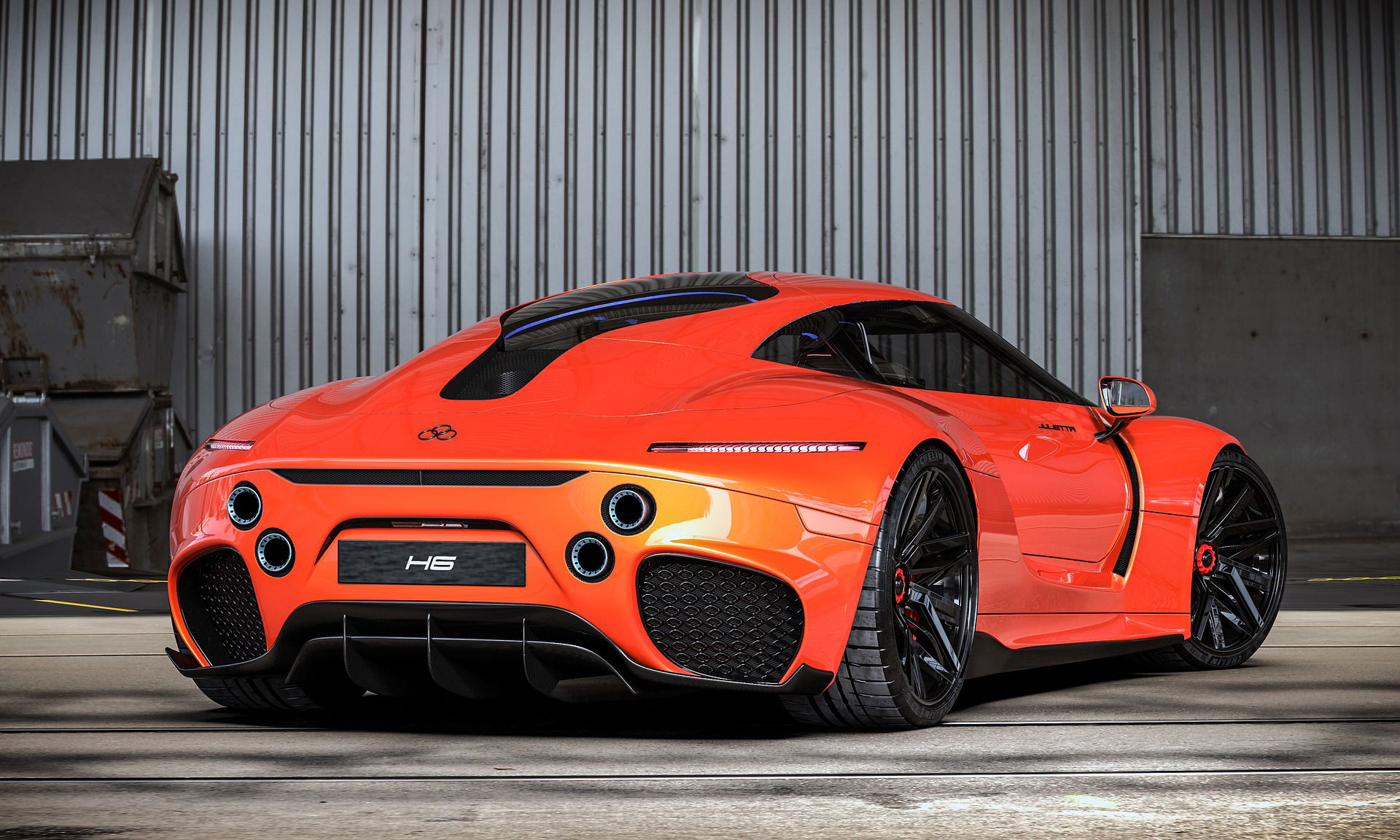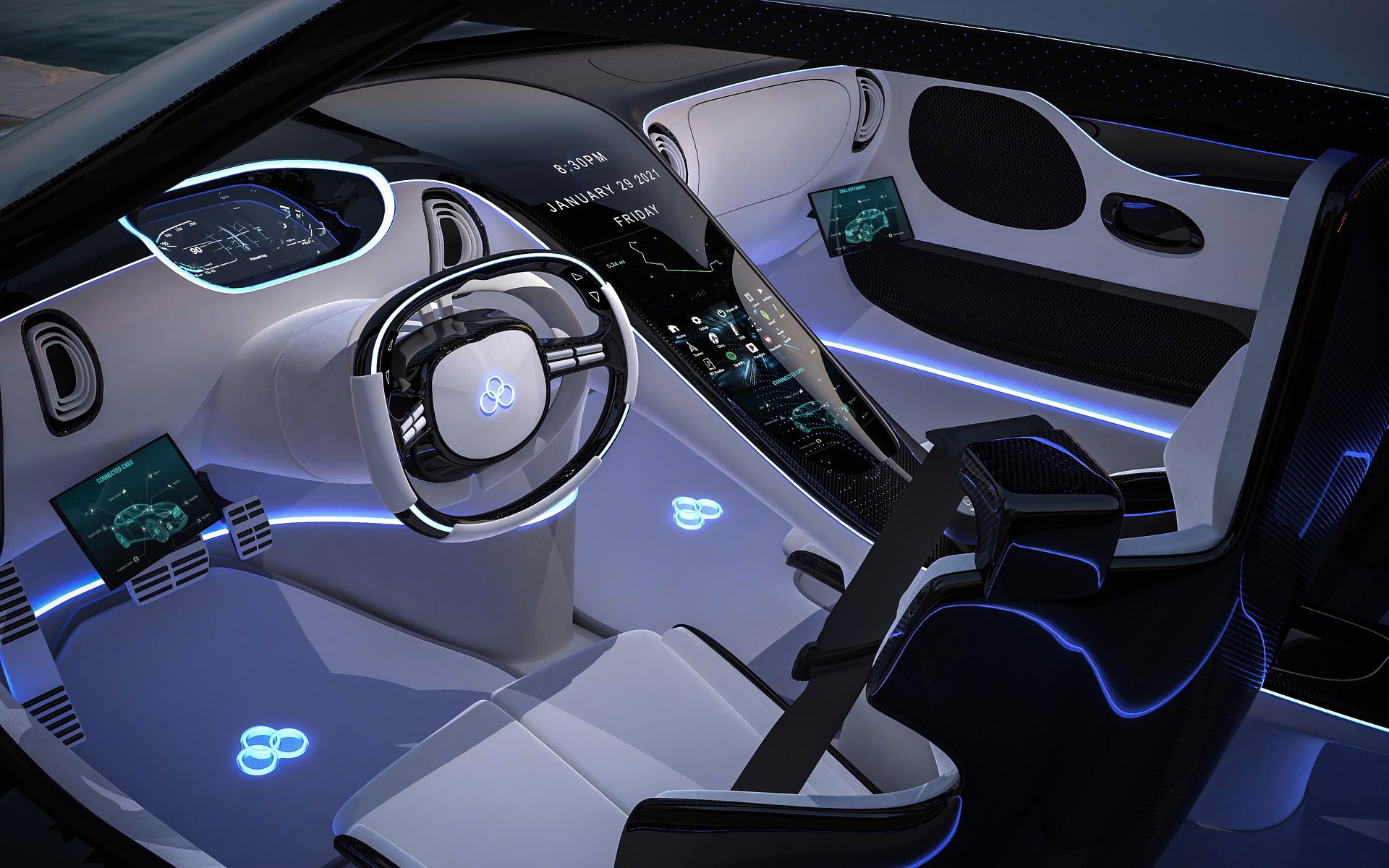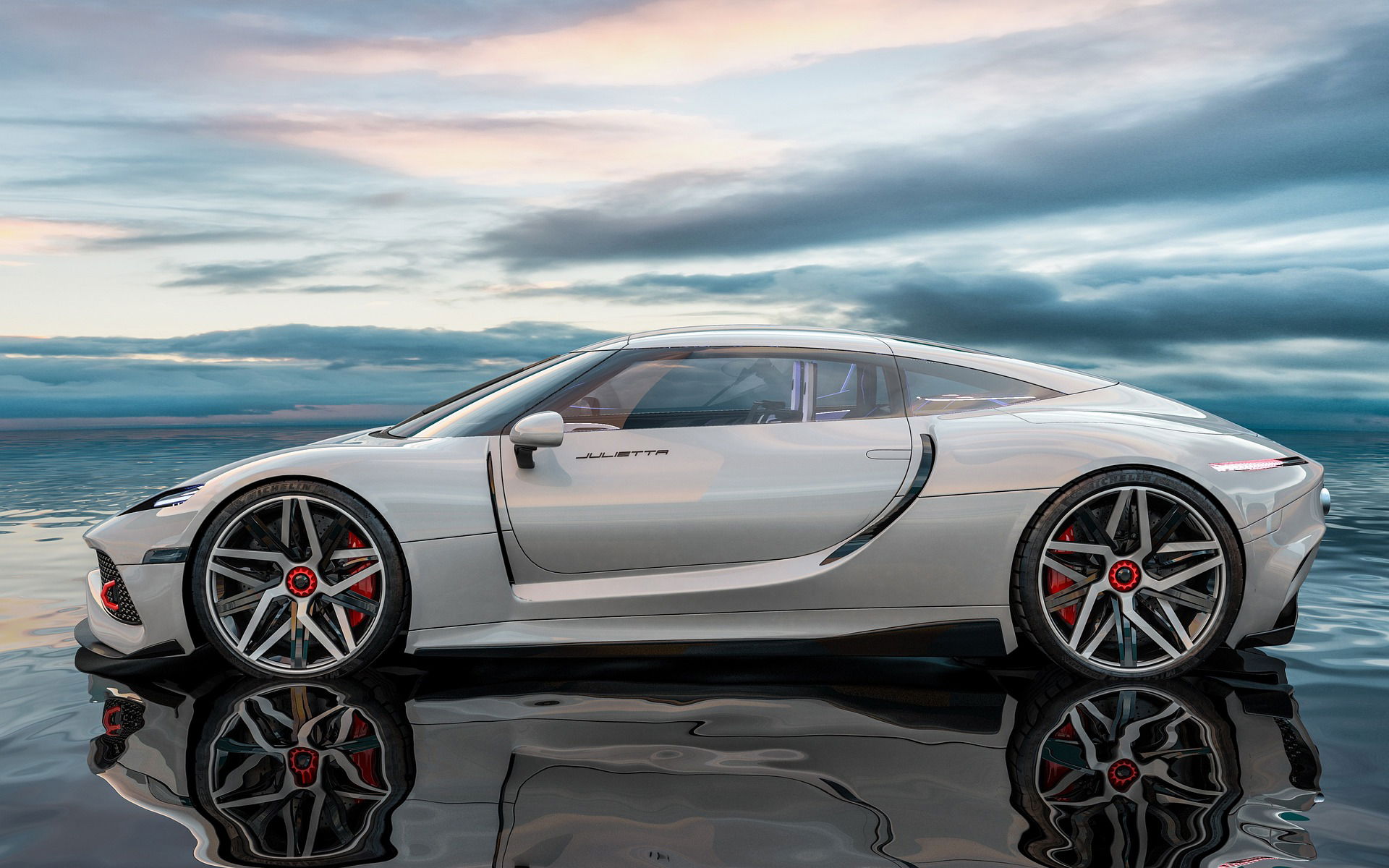In recent years, the automotive industry has experienced significant advancements in technology that are revolutionizing the way we think about cars. One of the most exciting developments is the emergence of hypercar technologies. These ultra-fast, high-performance vehicles have the potential to drastically change the way we drive and interact with automobiles. In this article, we share our research findings surrounding hypercar technologies and their overall impact on the automotive industry. But first, we answer the question of what a hypercar really is.
Related Reading: Michael Jordan Pampers Himself With A $3.5 Million Hennessey Venom F5 Roadster
What Is A Hypercar?

A hypercar is a term used to describe an extremely high-performance and exotic sports car that typically represents the pinnacle of automotive engineering and technology. These cars are characterized by their exceptional speed, power, and aerodynamics.
A hypercar's top speed often exceed 200 miles per hour (320 kilometers per hour) or even higher. They rely on extremely powerful engines for propulsion, often hybrid or turbocharged, producing well over 1,000 horsepower.
Hypercars feature advanced aerodynamic designs to maximize downforce and stability at high speeds, just as they incorporate the latest automotive technology, including advanced suspension systems, active aerodynamics, and hybrid powertrains for maximum efficiency and performance.
To enhance performance, hypercars are built using lightweight materials such as carbon fiber and titanium to minimize weight. They are typically produced in very limited numbers, making them exclusive and highly sought after by collectors and deep-pocketed customers.
Prominent examples of hypercars include models like the Bugatti Veyron, Koenigsegg Jesko, McLaren P1, and the Porsche 918 Spyder. These vehicles push the boundaries of what is technically achievable in the automotive industry and often come with a hefty price tag to match their exclusivity and performance capabilities.
The Method

We combed through various sources, including academic journals, industry reports, and reputable online sources to create this article. The research focused on understanding the different hypercar technologies currently being developed and their potential implications for the automotive industry.
We then analyzed our findings and organized them in a structured manner to provide a comprehensive overview of the topic.
The Result

Enhanced Performance:
Hypercar technologies are known for their exceptional performance capabilities. These vehicles are designed to be extremely aerodynamic, built using lightweight materials that reduce drag and increase speed.
Advanced engineering techniques, such as active aerodynamics, are utilized to optimize the vehicle's performance at high speeds. Hypercars often feature advanced powertrain technologies, such as hybrid or all-electric systems, which deliver a higher level of power and efficiency.
As a result, hypercars can achieve blistering acceleration and top speeds that were once only possible in the realm of professional racing cars.
Sustainable Technologies

One of the most significant advancements in hypercar technologies is the emphasis on sustainability. Traditional combustion engines are gradually being replaced by hybrid or all-electric powertrains in hypercars. These technologies significantly reduce or even eliminate harmful emissions, making hypercars more environmentally friendly.
Moreover, hypercars are increasingly incorporating regenerative braking systems, which allow the vehicle to recover energy that would otherwise be lost during braking. This innovative approach to sustainability is not only beneficial for the environment but also helps to improve the overall efficiency of hypercars.
Advanced Materials

Hypercars often incorporate advanced materials to reduce weight and increase performance. Carbon fiber composites are extensively used in the construction of hypercars due to their exceptional strength-to-weight ratio.
The use of carbon fiber helps to reduce the overall weight of the vehicle, leading to improved handling and performance. Additionally, these materials offer better crashworthiness compared to traditional steel structures, enhancing the safety of hypercar occupants.
The use of advanced materials not only improves the performance of hypercars but also contributes to the development of innovative manufacturing techniques that can be applied to the wider automotive industry.
Autonomous Capabilities

Another noteworthy aspect of hypercar technologies is their potential for autonomous driving. While many hypercars are still operated manually, the integration of autonomous features is becoming increasingly common.
Advanced sensors, artificial intelligence, and machine learning algorithms enable hypercars to detect and respond to their environment autonomously. This capability opens up new possibilities for safer and more efficient driving experiences.
By eliminating human error and optimizing driving patterns, autonomous hypercars have the potential to revolutionize transportation and reduce accidents on the road.
Related Reading: BMW N57 Straight-Six Diesel Engine: The Dynamics Of Engine Performance And Fuel Efficiency
The Impact Of Hypercar Technologies

Hypercar technologies have the potential to revolutionize the automotive industry in numerous ways. The enhanced performance capabilities of hypercars are not only exciting for car enthusiasts but also have wider implications for vehicle design and engineering.
The advancements in aerodynamics, lightweight materials, and powertrain technologies can be applied to other types of vehicles, leading to greater fuel efficiency and improved performance across the automotive industry.
Moreover, the emphasis on sustainability in hypercar technologies is a significant step towards reducing the environmental impact of automobiles. By transitioning to hybrid or all-electric powertrains, hypercars are leading the way in promoting cleaner and more sustainable transportation.
As technologies continue to advance, the cost of producing these sustainable hypercars is likely to decrease, making them more accessible to the general public.
Furthermore, the use of advanced materials, such as carbon fiber composites, in hypercar construction has wider implications for the automotive industry. These materials not only reduce weight but also contribute to improved safety and durability.

As the manufacturing processes for these advanced materials become more efficient and cost-effective, their integration into mainstream vehicle production becomes more feasible.
The integration of autonomous capabilities in hypercars represents a significant shift in the way we think about transportation. While fully autonomous hypercars are not yet a reality, the development and testing of autonomous features in these high-performance vehicles pave the way for the widespread adoption of autonomous driving in the future.
The potential benefits of autonomous driving are numerous, including increased safety, improved traffic flow, and reduced congestion.
However, there are still many regulatory, ethical, and technical challenges that need to be addressed before fully autonomous hypercars become a common sight on our roads.
Summarily, as these technologies continue to evolve and become more accessible, we can expect to see their influence trickle down to mainstream vehicles, leading to a more sustainable, efficient, and interconnected transportation system. The future of the automotive industry looks bright, with hypercar technologies leading the way towards a new era of mobility.